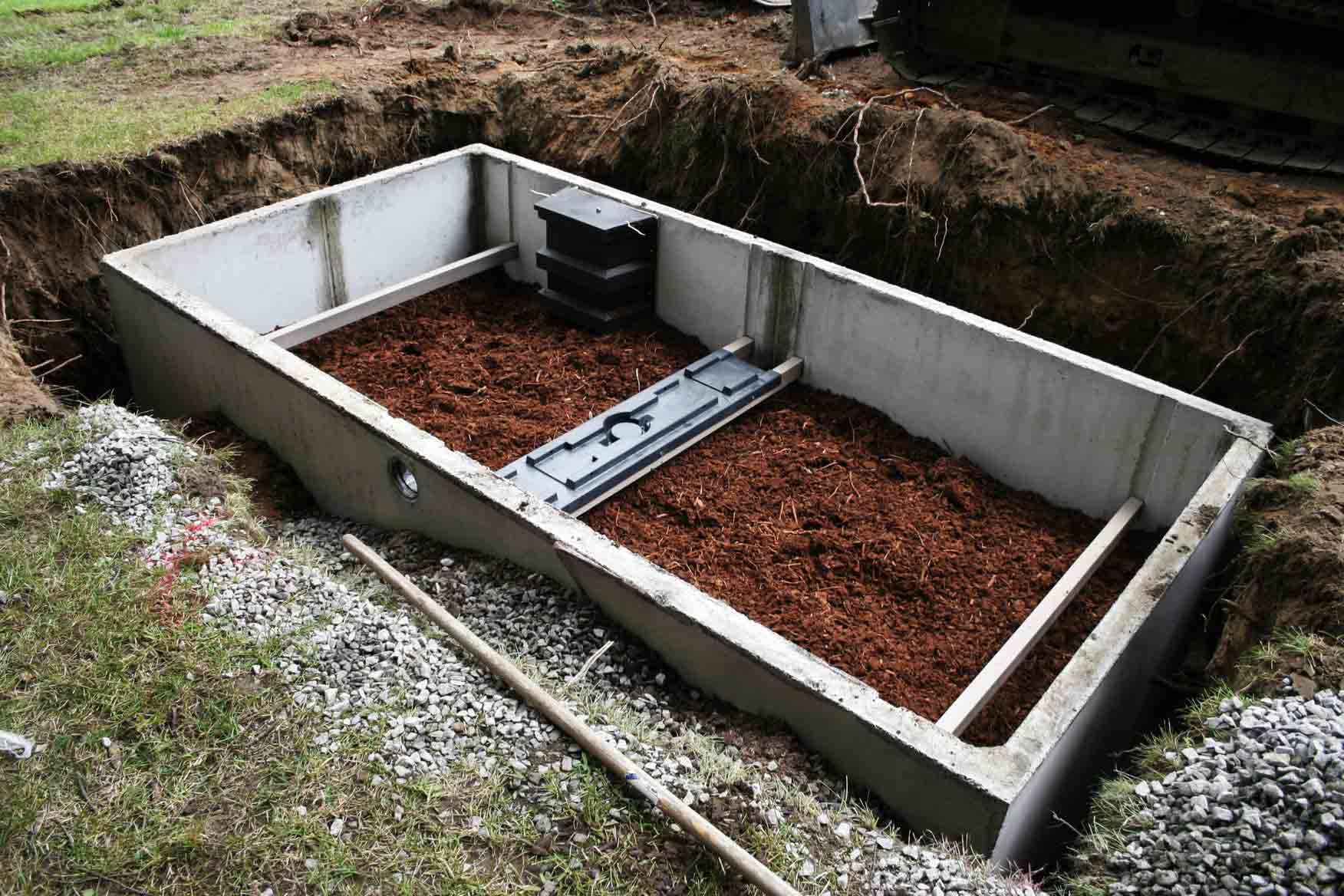How Deep Should A Septic Tank Be?
An underground concrete structure known as a septic tank works to treat liquid waste materials. Underground construction is used to build septic tanks. The depth of septic tanks in Reno NV is determined by several factors when installing the tank. It is important to decide a septic tank’s depth, especially if it is required for pumping or inspection. Installing the septic tank at an appropriate depth is necessary because it may affect its functioning and hamper professionals from inspecting it.
Depth of a Septic Tank
Septic tank parts, including the lid, are typically buried 4 inches to 4 feet underground. To find its boundaries and label the circumference, use a metal probe. If you cannot locate the lid by probing, you should be able to find it by shallowly excavating along the tank’s edge with a shovel. Typically rectangular septic tanks are around 5 feet by 8 feet in size. An appropriate depth helps in easy septic pumping in Sparks.
Factors Determining The Septic Tank Depth
1. Sewer Line Depth
The depth at which the lowest sewer line exits the building that the septic tank serves is known as the sewer line depth. The tank will be lower than the building’s outgoing waste pipe since we use gravity to transport sewage from the house to the septic tank.
2. High Water Table
A deep septic tank is not the best option if the water table is high. For better absorption, you may require to use more soil. A high water table leads to mound formation, similar to an above-ground drain field.
3. Site Conditions
The spot where the contractor discovered site conditions acceptable for burying the septic tank determines the depth. The site conditions include shape, rocks, and impediments. The tank may be situated at a different location if a site has bedrock or boulders near the surface.
4. Tank Type
The tank type helps to decide the tank depth. Many septic tanks are designed to retain up to two to three feet of earth on top. Therefore, if the tanks are positioned deeper, the manufacturer’s guarantee will be spoiled.
5. Soil Type
The depth of a septic tank depends on the soil’s composition. High water tables are regular in areas with a lot of clay. Hiring a professional to identify the soil type is a better decision because they recommend a septic tank depth based on that information.
6. Sewage Ejector Pump Or Grinder Pump System
We can position the septic tank anywhere, even uphill from the building, if a sewage ejector pump transports sewage from the house to the septic tank.
Conclusion
Consulting a septic tank contractor saves you the hassle and provides the best solution. Experts suggest the distance for the septic tank installation from the house. Moreover, professional plumbers Sparks can help you know how your septic system works. It results in a better understanding of how to manage, maintain, and care for it.



